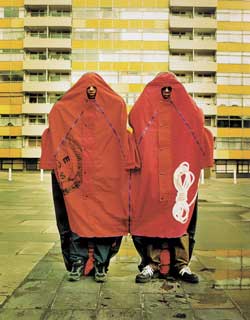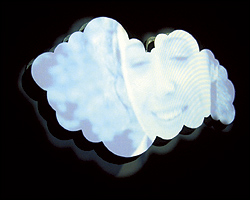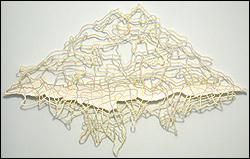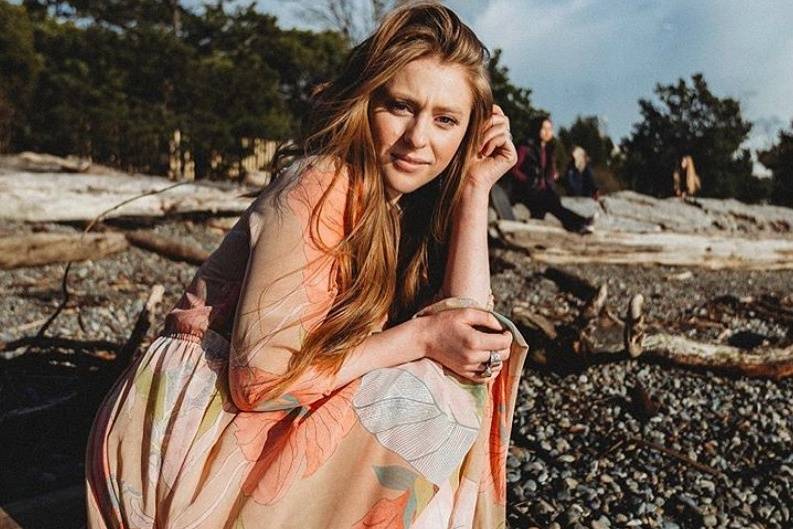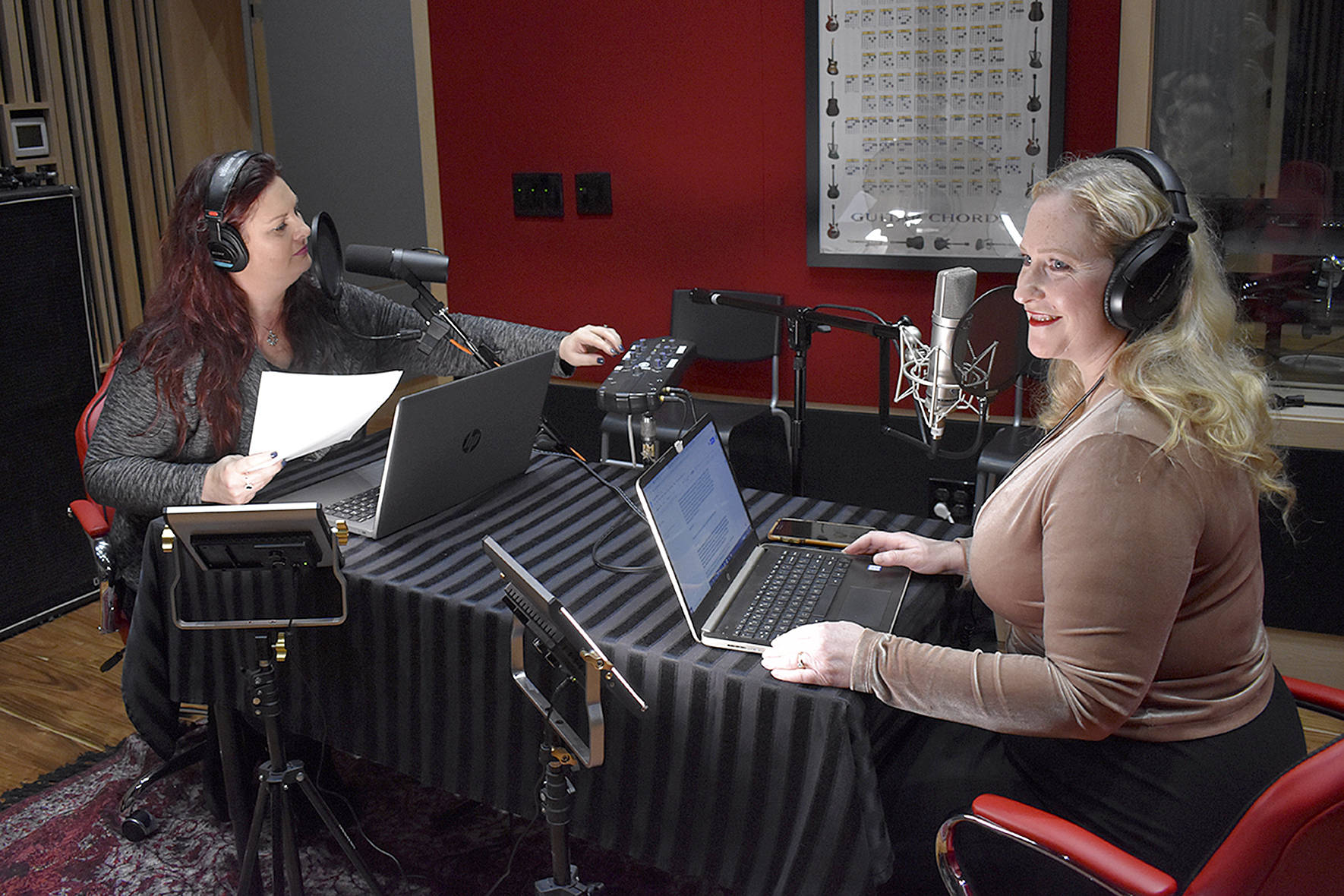Andrew Engelsons Fall Favorites
Aesthetic Instigator
Long before the Homeland Security department was instructing us to buy duct tape and plastic sheeting, Lucy Orta was creating hermetically sealed shelter-clothing-architecture. The British-born artist, who now works in Paris, has for 10 years crafted strange wearable pieces that draw attention to social iniquities. Fighting homelessness is the most obvious application of Ortas artworks: self- contained bivouac sacks, linked waterproof suits, tentlike clothing. Its as if REI and the North Face were now protecting societys marginalized from the elements. Many of Ortas works also show signs of that goofy French penchant for theatrical protest involving puppets and mimes. Several of the suits are interconnected to help create linked human chains. Indeed, much of Ortas art has seen service on the streets of the G-8 Conference and other social protest events. Orta has also created Mobile Intervention Units to provide shelter and food to refugees, gigantic public meals, and such. Look for other do-good events in conjunction with Ortas self-described instigator sculpture. Bellevue Art Museum, 425-519-0770. Opens Sept. 27.
Love Beads
The dazzlingly colorful and intricately beaded sculptures of Sherry Markovitz are often about transformation: Buddha heads morph into vaguely animal creatures; upended dolls become emblems of the struggles of childhood; and feminine fashions become elaborate suits of armor. Beads, sequins, feathers, and a host of other materials give these pieces a showy, birdlike quality. One cant help thinking of taxidermy. But rather than mere trophies, the creatures in Markovitzs upcoming show at Greg Kucera are about improving upon nature: a papier-m⣨頬lama head festooned with a mantle of fur and beads becomes in repose something rich and strange. Similarly, the sculpture Legs changes the lower half of the female torso into something monumental, almost idollike in its profoundness. Her show marks the gallerys 20th anniversary. Greg Kucera Gallery, 206-624-0770. Opens Oct. 2.
Culture Bunker
Since the West Coast is the worlds culture factory, from Nike ads to video games, it makes sense that SAMs ambitious show Baja to Vancouver: The West Coast and Contemporary Art (curated with San Franciscos CCA Wattis Institute, the Museum of Contemporary Art San Diego, and Vancouver Art Gallery) takes pop culture as its organizing point. Larry Sultans elegant photographs behind the scenes in the porn industry; Matt McCormicks strange short films incorporating snippets from bad 70s movies; and the lately ubiquitous Brian Jungen, whose Native American motifs are cobbled from basketball shoesall of these riff on sordid yet ebullient pop culture. Part of that pop explosion involves breaking down borders, and Im most excited to see work by artists from Tijuana included in this show, such as the art/design consortium ToroLab. Several Seattleites are also included. Seattle Art Museum, 206-654-3100. Opens Oct. 9.
I Sing the Pod Electric
I confess to not knowing much about the South Korean avant-garde apart from Do Ho Suh, who recently had a show at SAM. Now the Henry is exhibiting Lee Bul, whose work has been featured at MOMA, the Venice Biennale, and the Pompidou Center. Titled Live Forever, the installation comprises three sleek pods that look like something out of an early Sean Connery Bond flick. Each pod can accommodate one seated visitor, and each is fitted with its own karaoke machine. Instead of playing the requisite videos of shimmering waterfalls and happy couples walking in the park, Bul has substituted her own off-kilter stuff, including a film of children tussling in the woods. As expected when youre dealing with the Henry, theres a lot of theoretical baggage packed in the trunks of these pods. But essentially Bul has given karaoke a kind of solitary twist: Whats normally a drunken, public, and social event is transformed into a solitary experiment. Will you sing louder or quieter when youre sealed off from the rest of the world? Henry Art Gallery, 206-543-2280. Opens Oct. 18.
